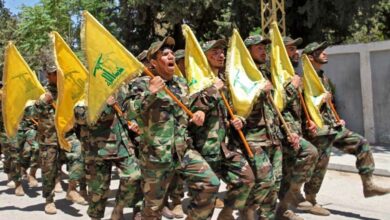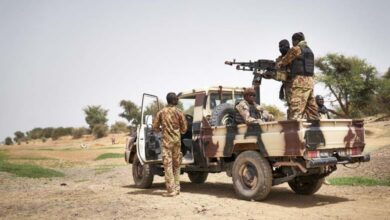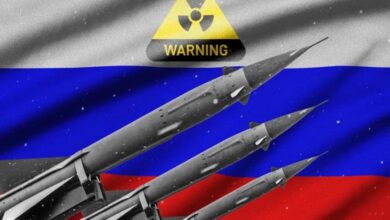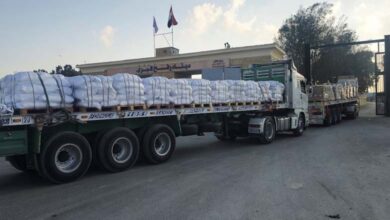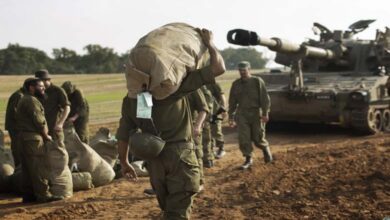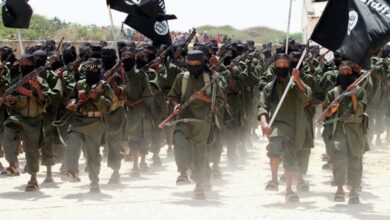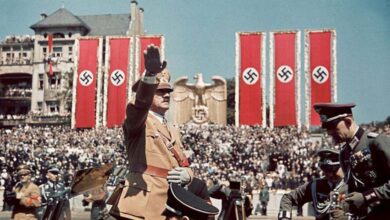How the Muslim Brotherhood Reshaped the Sudanese Army
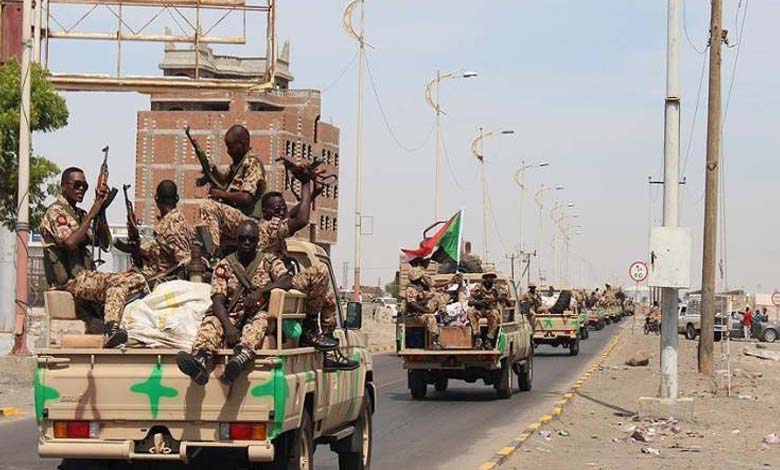
Sudanese media outlets have shed light on the armed militias formed by the military forces in collaboration with the Islamic Movement to combat the Rapid Support Forces (RSF).
-
How do supporters of Omar al-Bashir participate in the Sudanese army?
-
Al-Bashir and Colleagues’ Escape… The Muslim Brotherhood Attempts to Transfer Them to Another Hospital
According to the Al-Rakoba website, the period of rule by the “Muslim Brotherhood,” also known as the “Sudanese Islamic Movement” (1989–2019), under the leadership of ousted President Omar al-Bashir, witnessed significant transformations in the structure of the Sudanese army. This era saw a major decline in the army‘s professional and national stature, transforming it into a partisan body under Islamic leadership. This was achieved by dismissing the majority of professional officers under the pretext of serving the “public interest” and replacing them with members of the Islamic organization. As the army evolved into a partisan tool with an Islamic doctrine, it began forming armed militias as a means of combat, gradually replacing the regular army, which lost its ability to perform its professional and operational duties, leading to the current catastrophe in Sudan.
-
Al-Bashir’s supporters are participating in the battles alongside the Sudanese army
-
War in Sudan: Al-Burhan seeks assistance from former Military leaders of the al-Bashir regime
Al-Rakoba notes that at the start of Omar al-Bashir’s rule, the Muslim Brotherhood, referred to as the “Kizan,” used religion as a tool to mobilize youth to fight the Sudan People’s Liberation Movement in the southern region before its independence, turning the conflict into a “jihadist” war.
At the time, the government established compulsory training camps for youth, especially students, under the guise of “Popular Defense.” While the stated goal was to defend the country, the true objectives included brainwashing young people with the ideology of the Islamic Movement. These camps sent thousands of Sudanese to the battlefield, where many were killed in vain.
-
Abdelhay Youssef: The Muslim Brotherhood’s Killing Machine in Sudan.. al-Bashir’s Close Friend
-
How the Muslim Brotherhood Reshaped the Sudanese Army
In 2003, the “Kizan” government began forming armed militias in Darfur to combat rebel movements. Military intelligence created militias under the name “Janjawid,” led by Musa Hilal, chief of the Arab Mahamid tribe.
The report continues: “Eastern Sudan had historically been free from the phenomenon of armed militias, but this changed after the outbreak of war between the Sudanese army and the RSF in April 2023. Since then, security and military agencies controlled by the Sudanese Islamic Movement have begun establishing new militias in eastern Sudan, posing significant risks to this sensitive region.”
-
UN Urges Immediate Deployment of Peacekeeping Force in Sudan
-
“New Iranian Support”: Plane Loaded with Weapons Arrives for Sudanese Army
The most recent militia, named “Youth for Change and Justice,” was established on November 23, 2023. Its leader, Khaled Thalith, stated via the official Sudanese news agency (SUNA) that it was ready to work alongside the army against the “rebel militias,” referring to the RSF.
It is worth noting that the presence of armed militias in eastern Sudan opens the door to escalating internal conflicts, particularly in a region targeted by neighboring countries. The experience in Darfur also demonstrates that reliance on militias leads to uncontrolled violence, threatening the country’s unity and sovereignty.
-
Reasons Behind the Sudan-Iran Rapprochement and the Connection to the Muslim Brotherhood
-
Amidst the Crimes of the Muslim Brotherhood in Sudan… The ICC Demands the Disclosure of Bashir and Haroun’s Whereabouts



